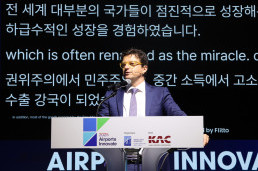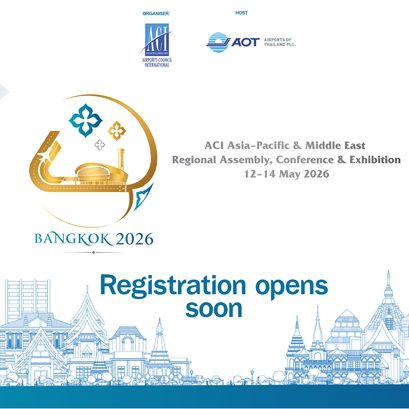
Fiji Airports Aerobridge Replacement
- 2025-06-20
Fiji Airports (FA) marked a significant milestone in its ongoing infrastructure modernization program recently, with the successful operation of the first of six new aerobridges at Nadi International Airport.
This marks the beginning of a phased rollout aimed at replacing aging infrastructure with state-of-the-art, modern assets designed to improve passenger experience and enhance operational efficiency at Fiji’s primary gateway.
A 40-year-old aerobridge and the first to be installed at Nadi International Airport back in 1985, was dismantled recently to allow replacement procedures to proceed.
This is part of a $10.4 million contract with the Australian company, RATE Australia to equip Nadi International Airport with six new passenger boarding aerobridges.
“This is a proud moment for Fiji Airports and the travelling public,” said Chief Executive Officer Mesake Nawari.
“The new aerobridges reflect our commitment to providing world-class infrastructure that aligns with global standards, supports our tourism and travel industry, and contributes to the overall development of Fiji’s aviation sector.”
The first of the new aerobridges, now fully operational, features advanced safety and accessibility features, and can accommodate a wider range of aircrafts.
The remaining five aerobridges are scheduled to be installed progressively over the coming months. The aerobridges are being delivered in 2 stages. The remaining three aerobridges from the first batch of delivery are expected to be installed by September of 2025, while the last two aerobridges are planned to be delivered to Fiji Airports by the end of this year.
Fiji Airports’ infrastructure upgrade program is part of a broader vision to future-proof airport operations while supporting sustainable growth in air travel demand. Advanced features included within the new aerobridges will allow Fiji Airports to fully automate docking of the bridges to aircrafts, automate the billing process for bridge usage, and allow installation of pre-cooling units and Ground Power Units that will reduce fuel usage of aircraft while docked at the airport.
“This critical project underscores Fiji Airports’ dedication to continuous improvement in safety and service excellence, ensuring that Fiji remains a key player in the Blue Pacific aviation landscape,” Nawari adds.
A piece of history- Nadi International Airport’s first aerobridge.
Fiji Airports senior projects manager- Renewable Energy, Waqa Taukei, has just begun his journey as an electrical apprentice in 1985 when Nadi International Airport had its first aerobridge installed.
The installation of the aerobridge went in line with the introduction of big aircrafts like the B747 into the Fiji market.''
Prior to the introduction of the aerobridge, passengers use stairs to board or disembark than walk on the tarmac and the stairs to the walkway to enter the terminal building.
Mr Taukei said the aerobridge was one of the big installations to be introduced at the Nadi International Airport in 1985, managed by the Electrical and Mechanical department, and at the time the apprenticeship scheme was also introduced the Civil Aviation Authority of Fiji days.
The Matuku, Lau man was among the first lot of apprentices recruited in 1985 and started their work experience on the installation of Aerobridge Gate 3 than followed with the aerobridge installation at Gate 7 that was decommissioned in 2019.
“The installation supervision was from Duncan and Andrew McLennan while all manpower assistance was from the Electrical & Mechanical Department under the leadership of the late CEO Mr. Jone Koroitamana,” Mr Taukei recalled.
“The aerobridge at Gate 2 was installed to make passenger movement easier from boarding and disembarking of the aircraft, walking straight into the terminal building, and to protect passengers from any adverse weather conditions.
“The aerobridge is also a need for passenger experience to recognise Nadi International Airport as an international hub in the Pacific.”
He shared the availability of the aerobridge has increased the aircraft sizes and increase in passenger movements.
With Nadi International Airport growth over the years, the aerobridges played a vital component of passenger experience in the airport business.
Mr Taukei said the surge in passenger movement has also initiated the increase in terminal building structure and increase in baggage conveyor systems and facilities.
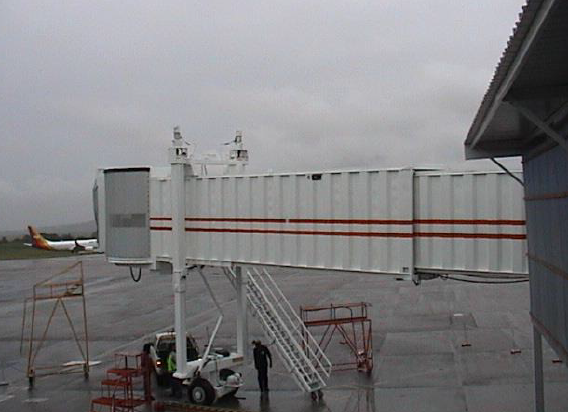
A look back in time… one of the old aerobridges installed at the Nadi International Airport. In the background is a former Air Pacific flight, now Fiji Airways
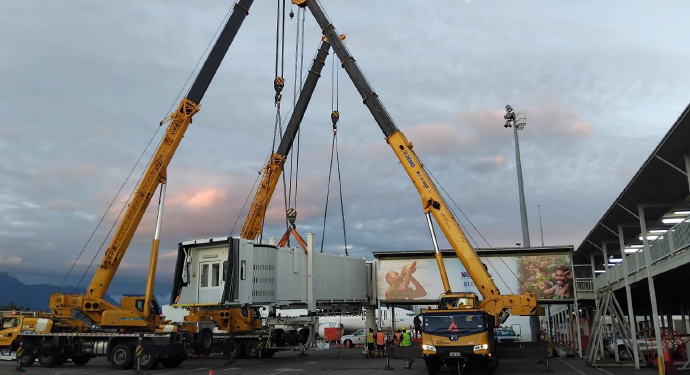
The dismantling process of the first-ever aerobridge installed at the Nadi International Airport from the Electrical & Mechanical Department
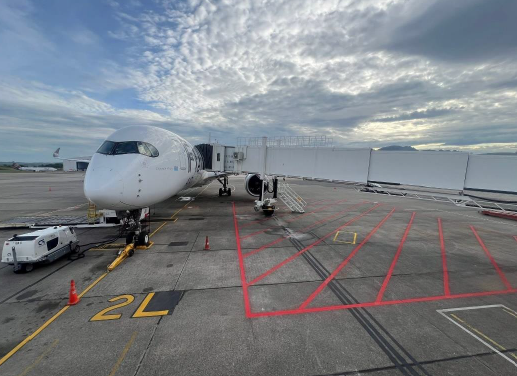
A view of the new aerobridge which is now in operation at Gate 2 of Nadi International Airport

A view of the new aerobridge which is now in operation at Gate 2 of Nadi International Airport


